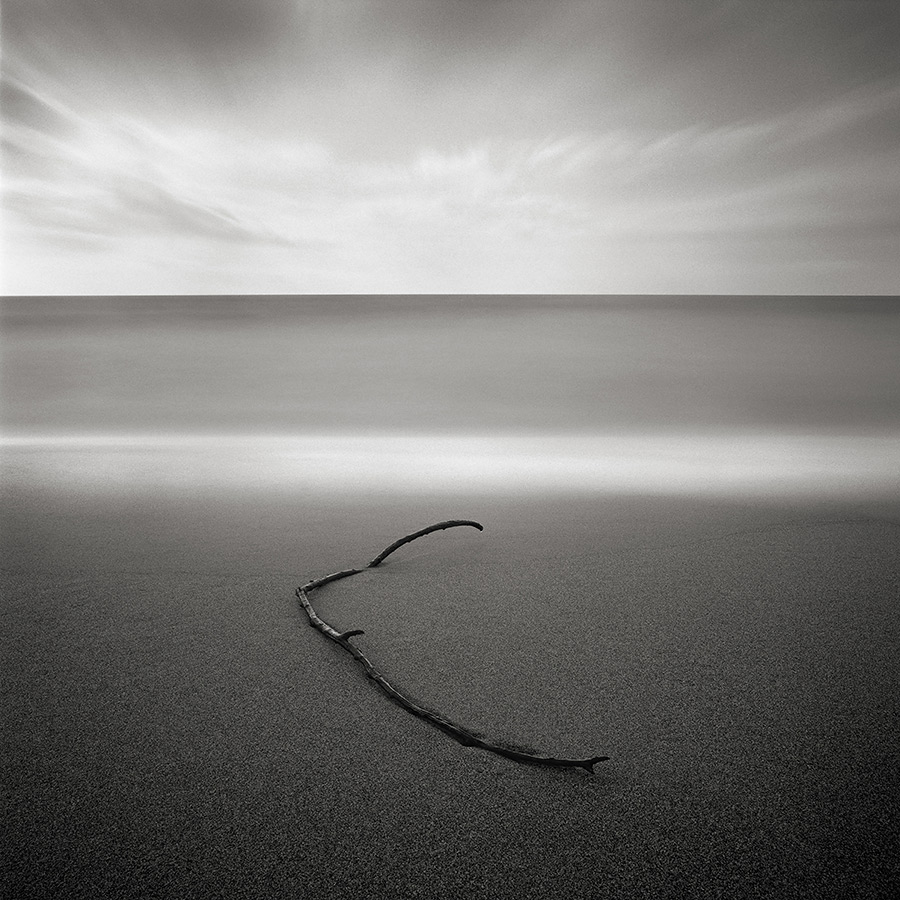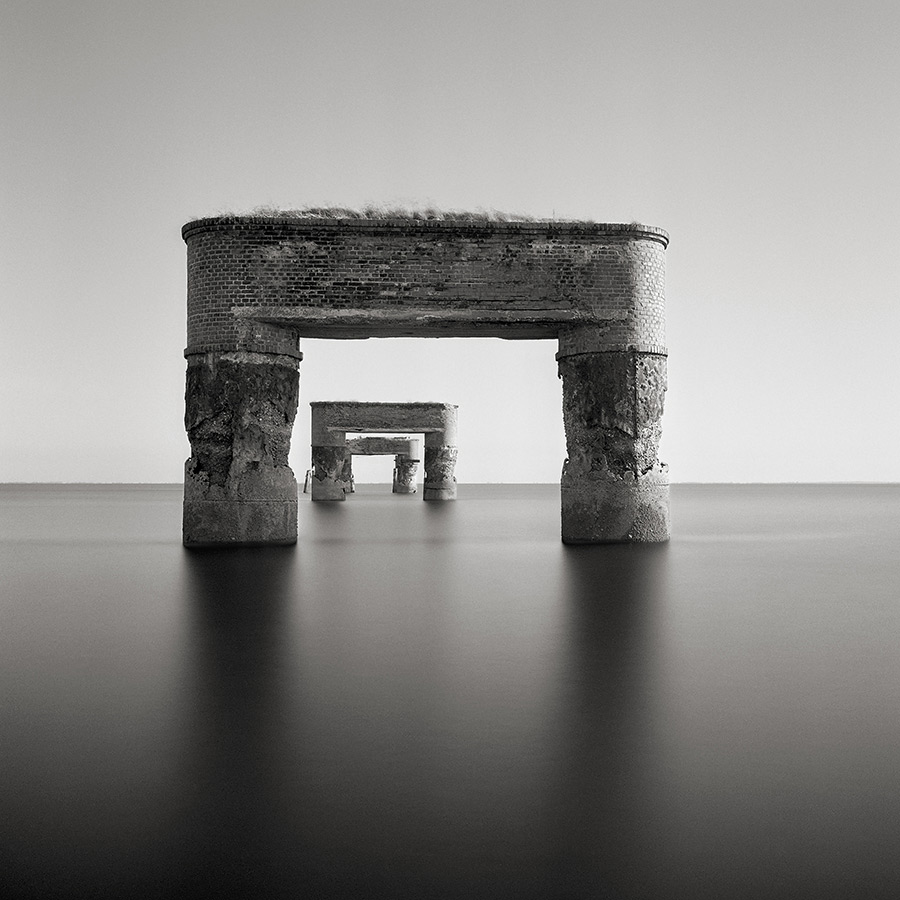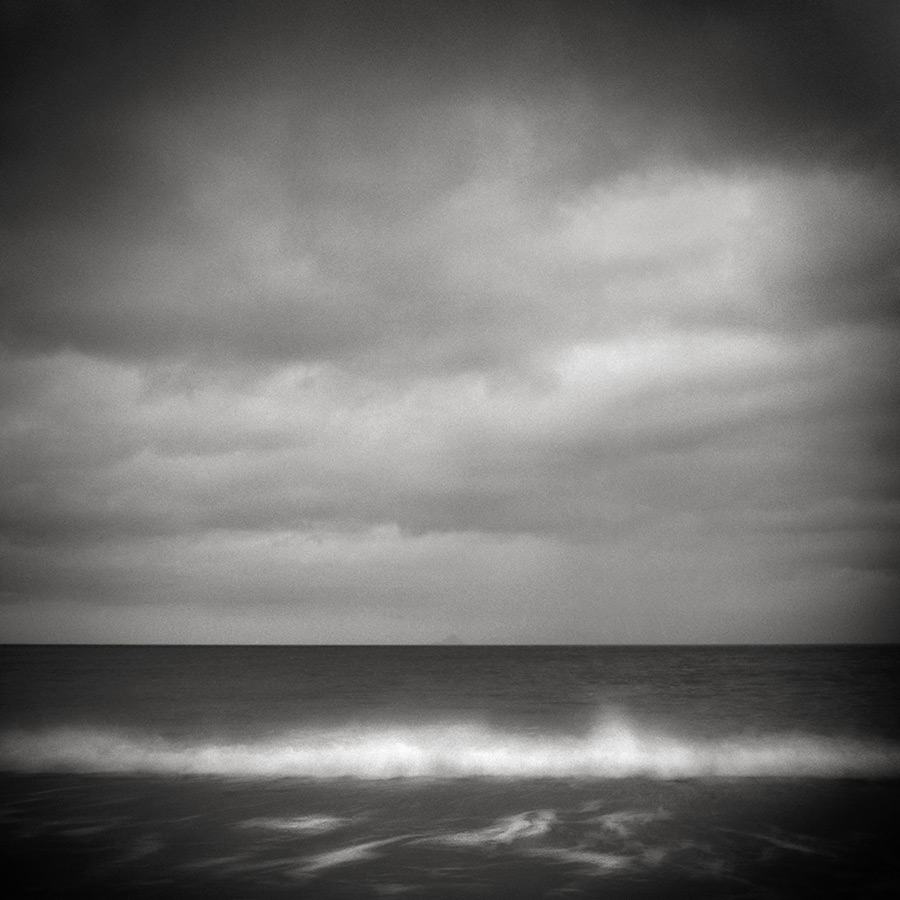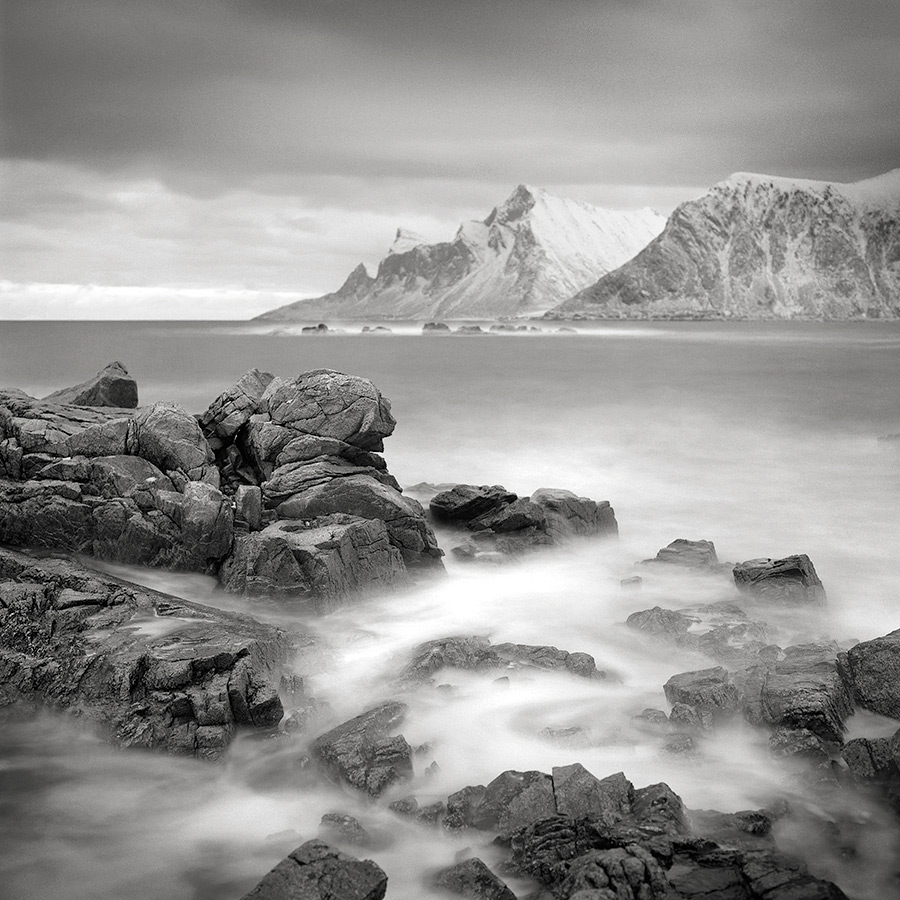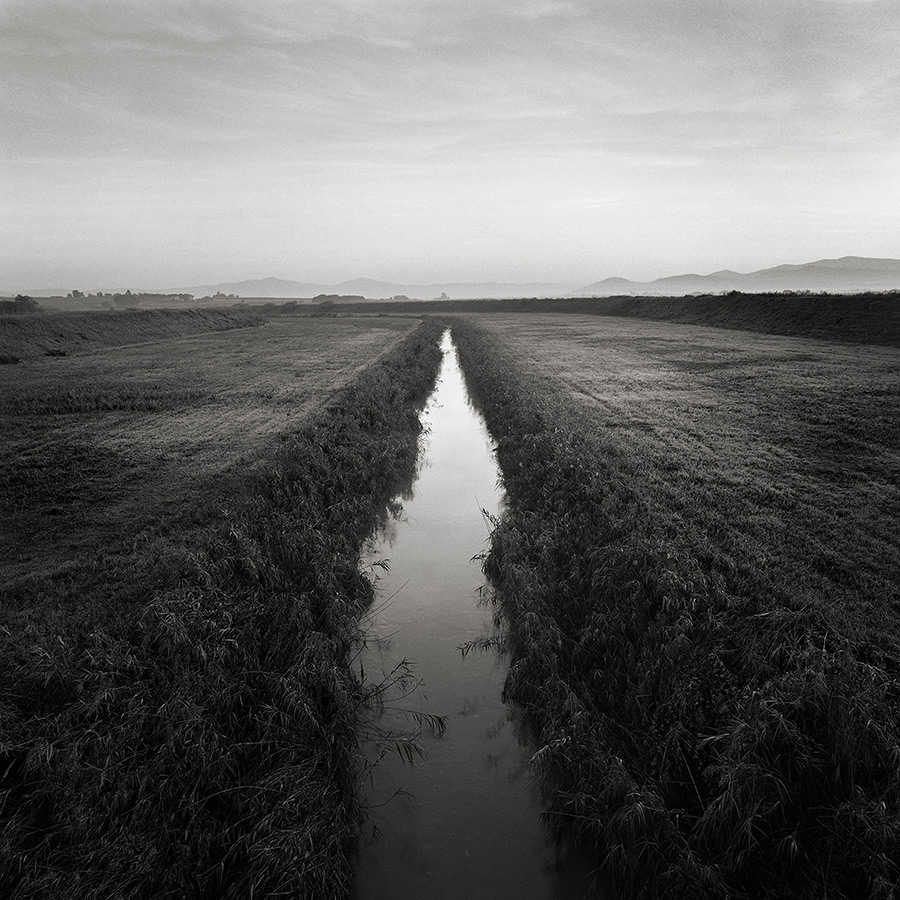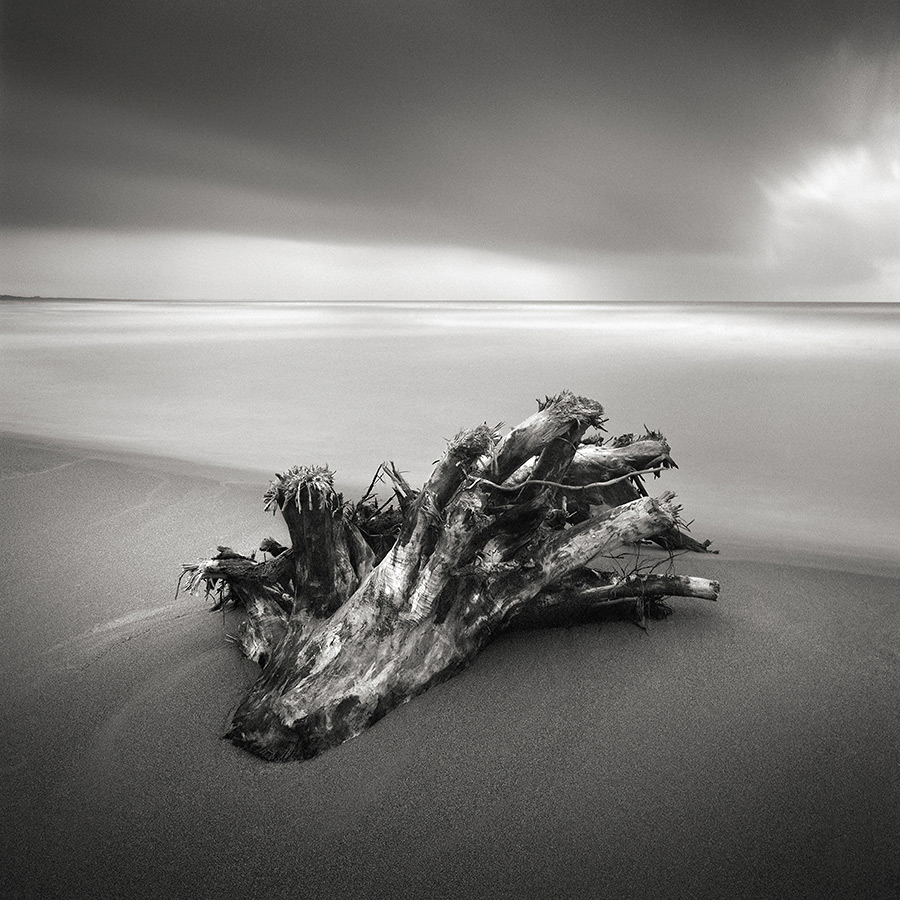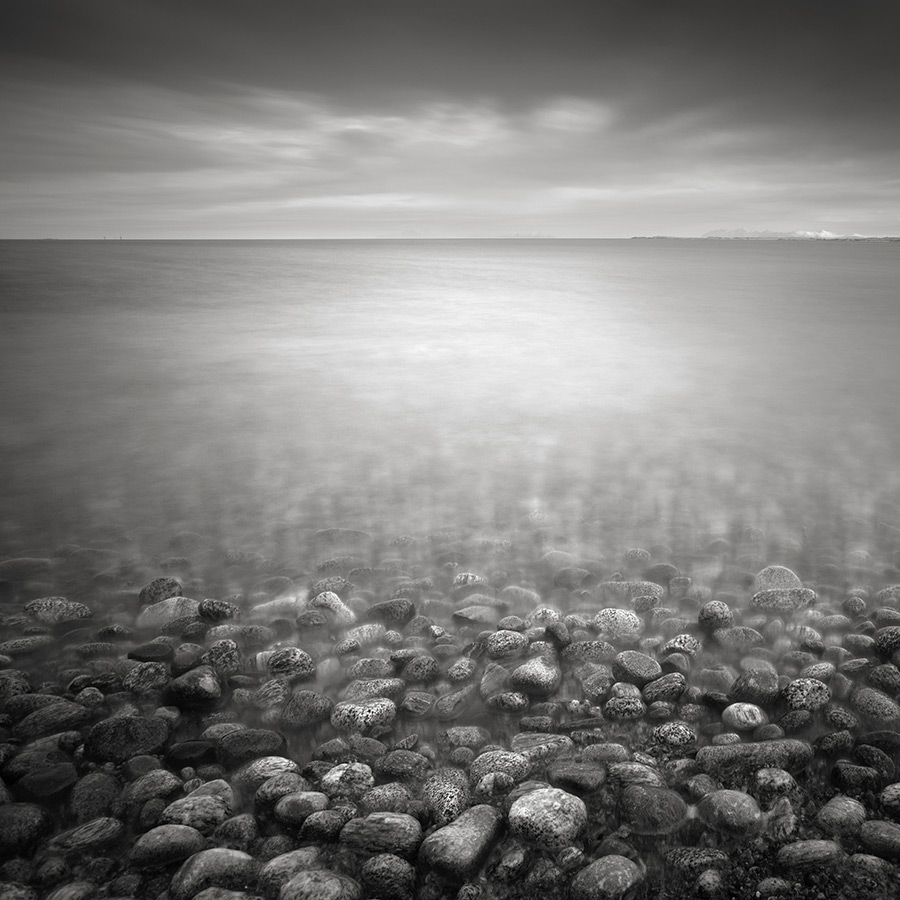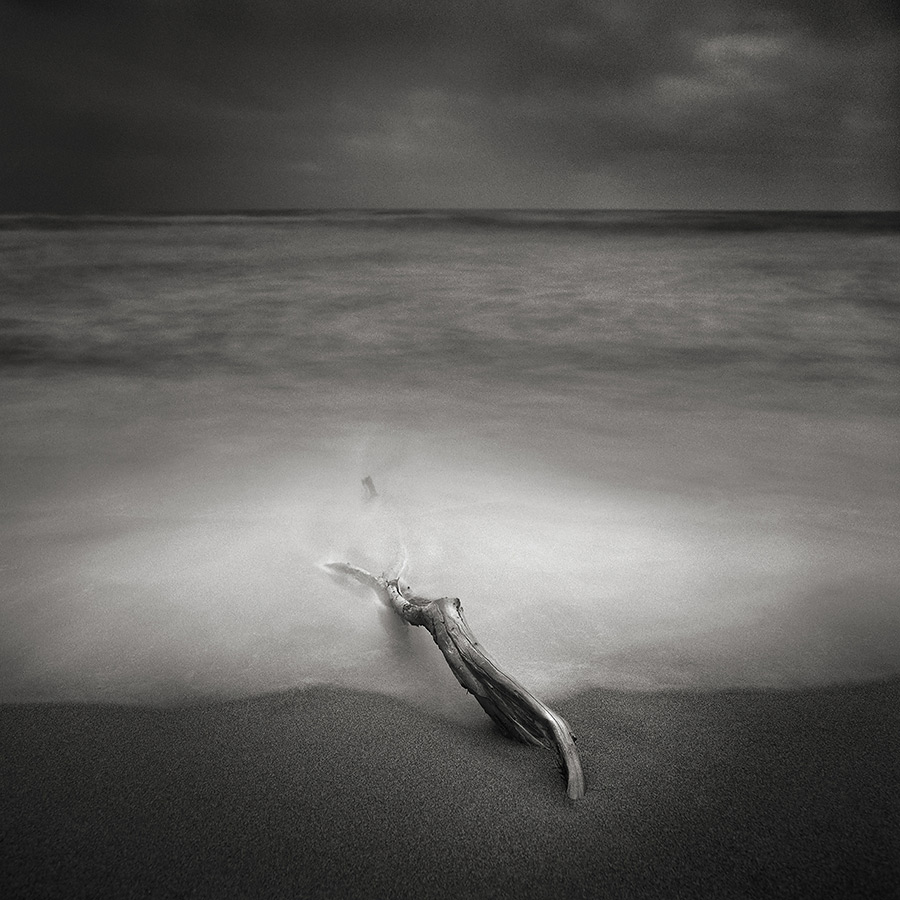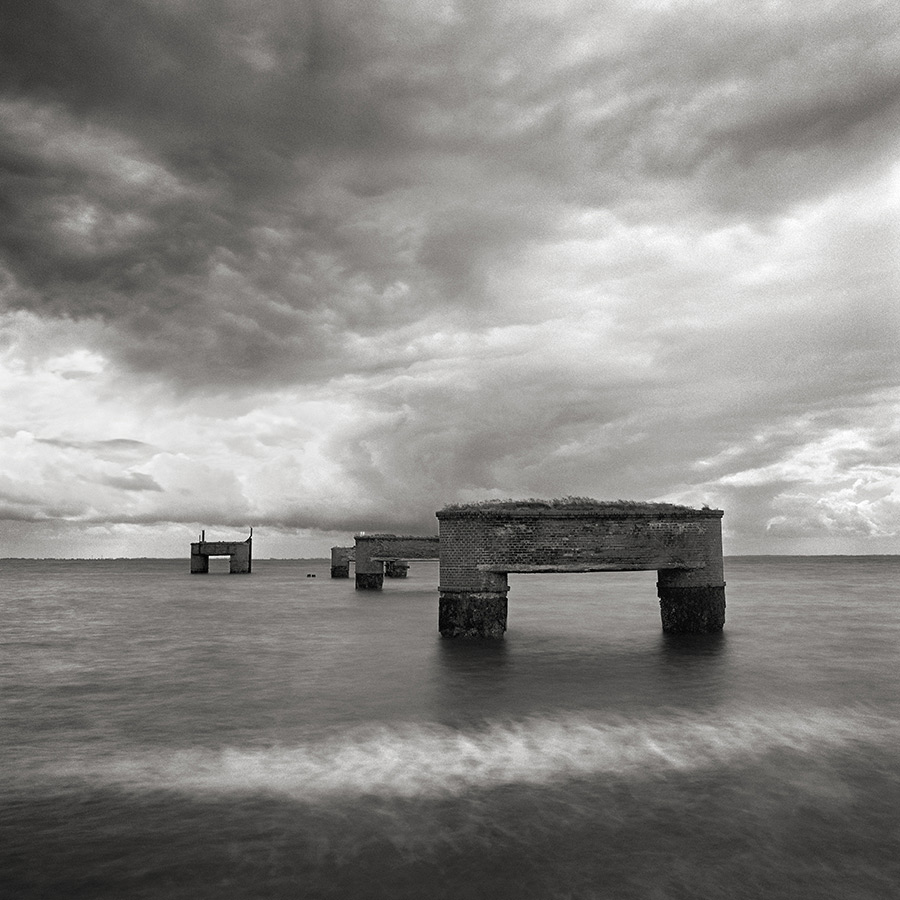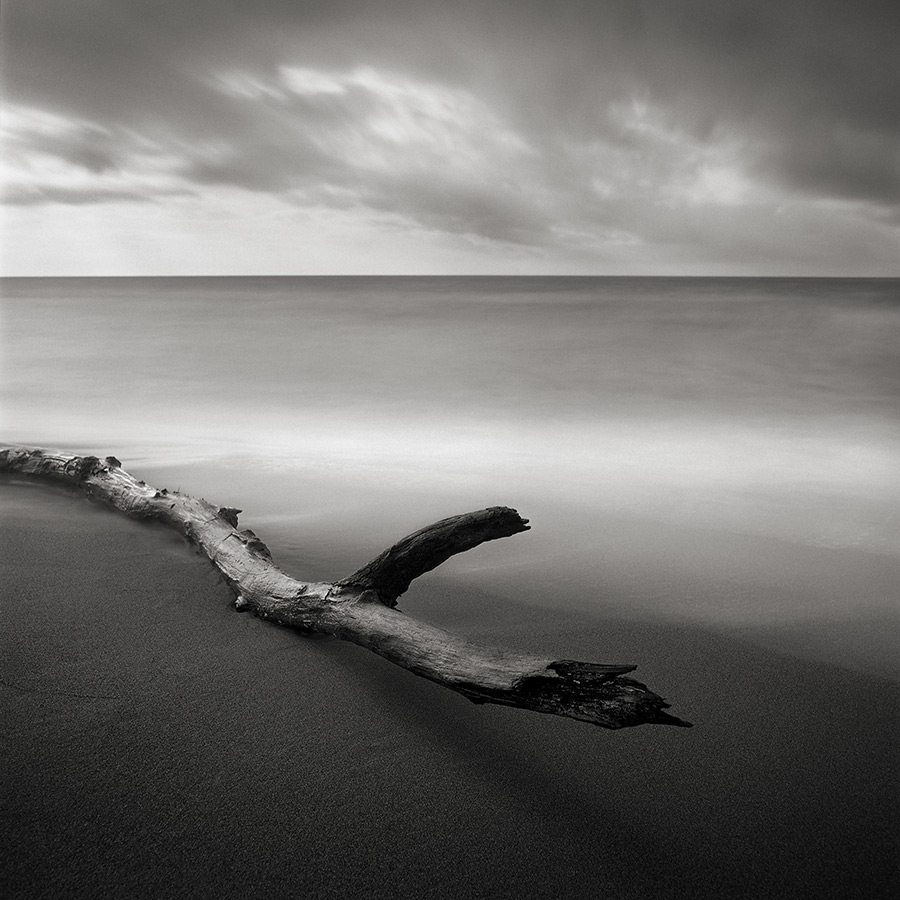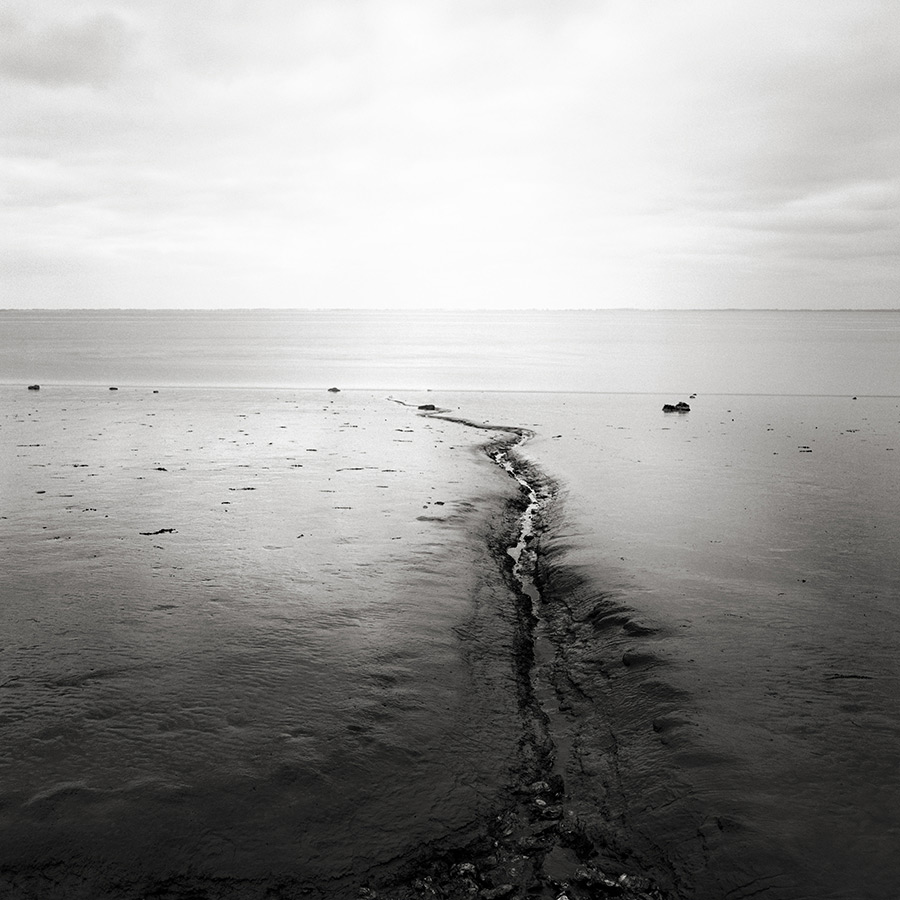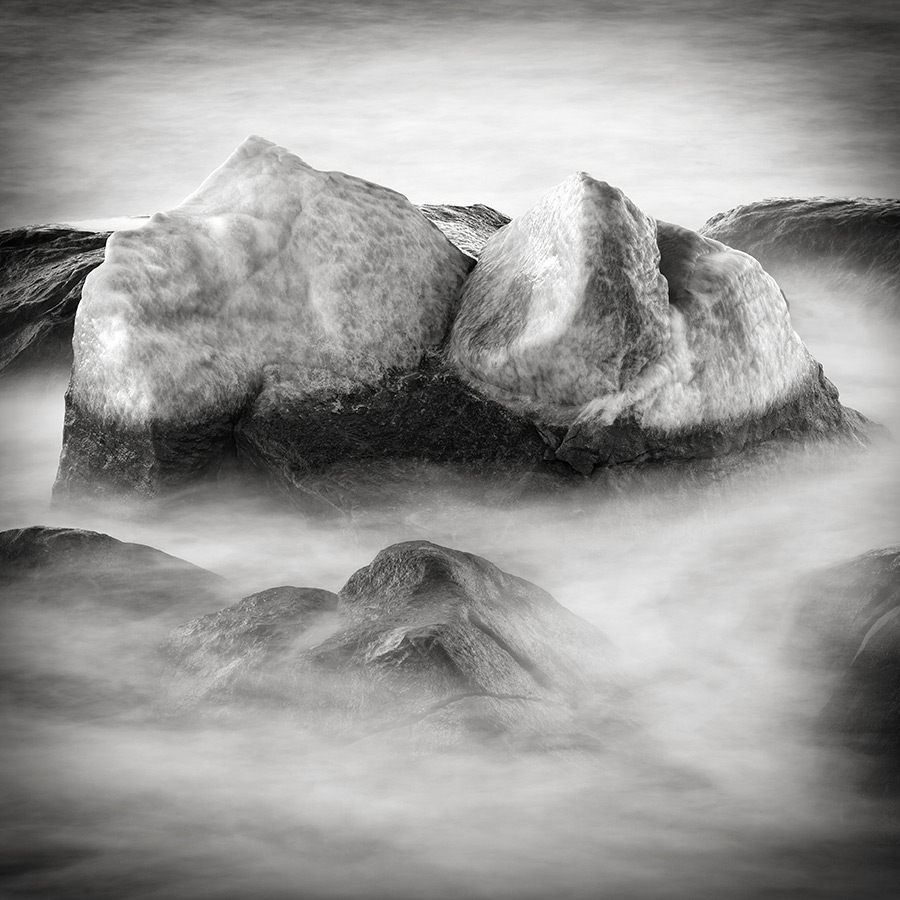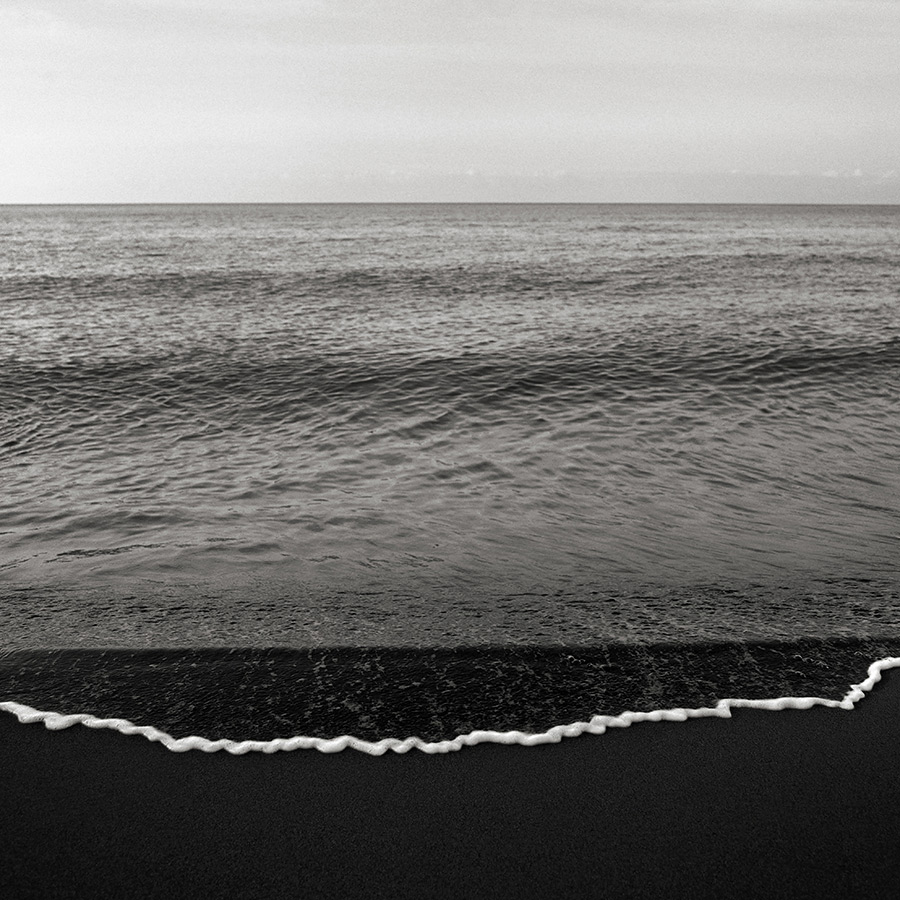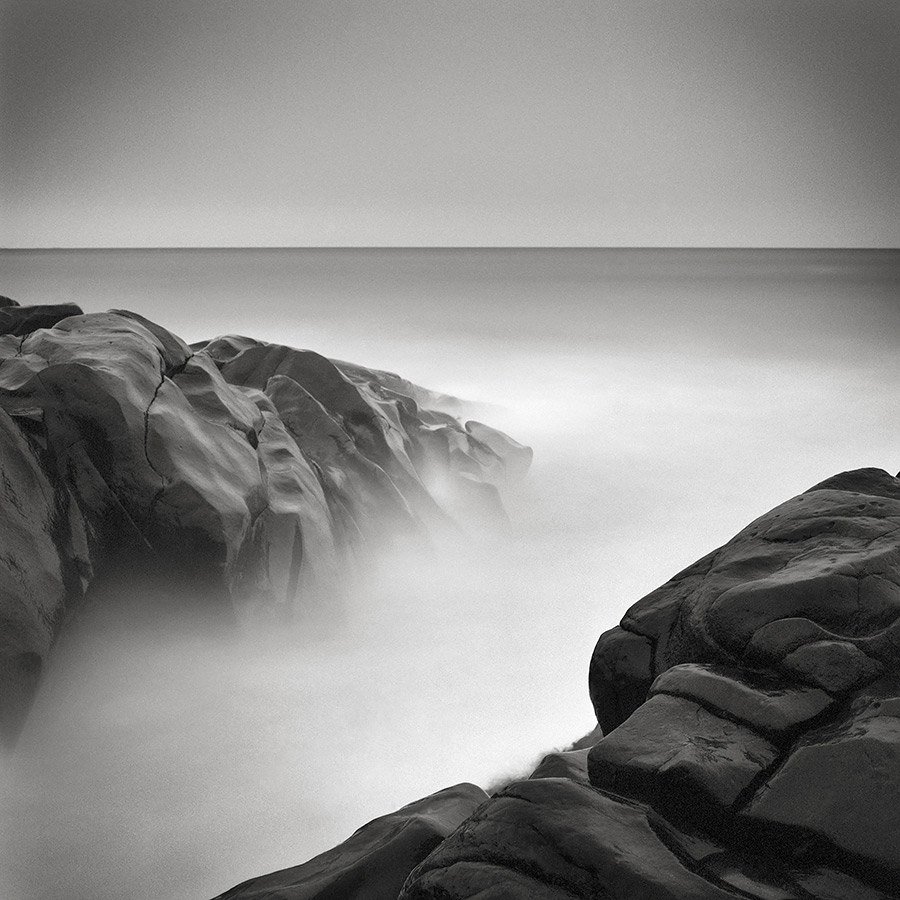When I took a photo camera in my hands for the first time I felt that it can help do much more than just document facts. Quite naturally it happened that I focused on photographing landscapes.
The camera is my instrument that is used to convey feelings and emotions, transform the direct perception of reality, taking from it only those details that are relevant. I want the resulting photograph reflect what I felt with my heart when I photographed, rather than what I merely saw with my eyes. At the same time I leave space for viewers to have their own feelings, based on their own experience.
I always look for the beauty of things, especially of those that are considered to be ordinary. The characters of my works, objects that appear on photographs sometimes wouldn’t attract much attention in reality. Probably one would never notice them. But this fact makes the work even more interesting. A stone, a stick, an old tree. I’m sure it’s possible to see the beauty in many of these things. All we need to do is just stop the rush, look at what’s around and feel a response from inside ourselves. When we do this, the beauty can appear magically. Some of my works are created in minimalist style. Many of them in fact. At some point I tried to understand for myself why I am attached to minimalism so much. I found an answer when I remembered the toys we played with when I was a little boy. Very often we played with really simple things compared to modern sophisticated toys. It could be a wooden stick or an old box. Of course we had ‘real’ toys like toy-cars or toy-soldiers or whatever. But a toy-soldier could be only a toy-soldier and nothing else. While a box could become a house or a boat or anything we wanted depending on which game we played at the moment. We played with those ‘simple’ (in fact minimalist) toys with great pleasure. It gave vast opportunities for imagination. If we return to photography, minimalist photography gives a person who looks at a photograph opportunities to make his own suggestions and interpretations, which are in fact endless. And this is what makes it so attractive.
For me the process of photographing is as important as the result of my work. It is connected with exploring, interacting with nature. It’s quite a slow process without any unnecessary rush. I usually take my camera and just walk around feeling the place and its atmosphere as deep as possible, letting it speak to me. The connection can happen relatively quickly, but sometimes I spend many hours on one spot walking or even simply sitting silently. Doing this helps me concentrate on the place and on what I photograph and put a part of my inner world, a piece of myself into each work I create. It’s a very special moment, when light, form, the whole of the moment come together and I see the harmony. It happens that I return with my camera to where I’ve been before to see how the spot looks like at another time of the day or how a change in weather influences the way I feel the place.
Currently I photograph with an analog medium format fully mechanical camera and use black-and-white negative film. For a certain period of time I worked with both digital and film cameras. Now my digital gear is used mostly for making photo sessions during family events. As for the film – I feel it’s authentic, it’s ‘real’. I like the connection with the years when we didn’t know what the word ‘digital’ meant. I enjoy the relatively slow pace of work and the fact that each single photograph requires a more careful attitude as the result can’t be seen instantly. I develop the film, scan it carefully and do postprocessing. Sometimes it takes many days to reach the result I want, to make a photograph look the way I feel right. And when it’s ready I just step aside letting a photograph talk to a viewer. [Official Website]
